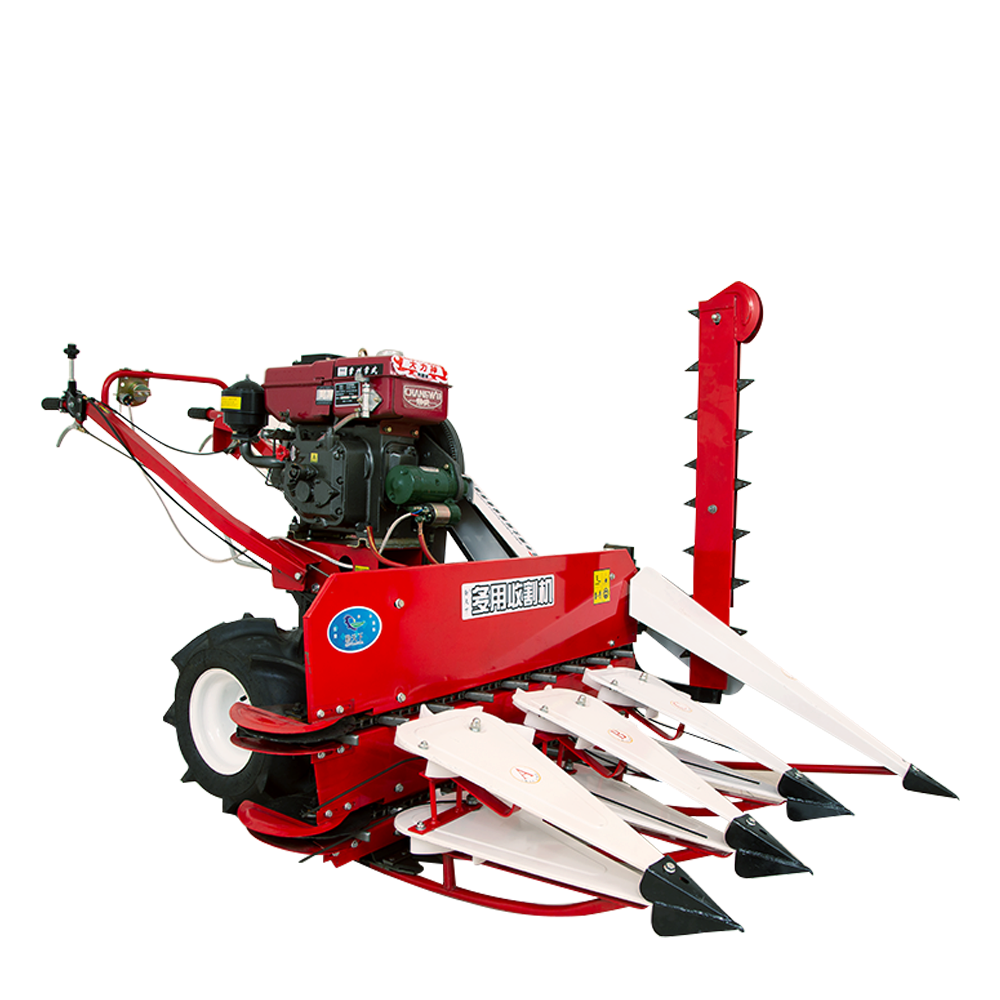forage harvester
The Evolution and Importance of Forage Harvesters in Modern Agriculture
Forage harvesters are essential machines in modern agriculture, specifically designed to harvest forage crops such as grass, hay, and silage. The efficient production of animal feed is vital for sustainable livestock farming, and forage harvesters play a crucial role in ensuring high-quality feed is available for agricultural livestock. This article explores the evolution of forage harvesters, their operational mechanics, and their significance in contemporary agricultural practices.
Historical Background
The origins of forage harvesting can be traced back to the late 19th century when manual methods dominated agricultural practices. Farmers relied on scythes and hand rakes to gather grass for silage or hay. However, as agricultural demands grew, the need for more efficient methods became apparent. The introduction of mechanical harvesters in the early 20th century revolutionized the process. Early models were rudimentary but laid the foundation for the complex machines used today.
By the mid-20th century, advancements in technology and engineering led to the development of specialized forage harvesters. These machines were designed not only to cut the forage but also to chop, transport, and sometimes store the feed directly. This evolution marked a significant turning point in forage management, allowing farmers to increase their productivity and improve the quality of the feed they produced.
How Forage Harvesters Work
Modern forage harvesters are sophisticated machines equipped with various features that enhance their efficiency and effectiveness. They typically include a cutting header, an engine, and a discharge system. The cutting header is designed to slice through the forage crop swiftly, while the powerful engine drives the machine forward and powers various mechanisms.
Once the crop is cut, it is fed into a chopping chamber where it is finely shredded. This process is crucial for silage production, as smaller particles facilitate fermentation, resulting in higher-quality feed. After chopping, the forage is then propelled into a storage system or directly into transportation vehicles, minimizing the time between harvesting and storage.
forage harvester

There are two main types of forage harvesters self-propelled and tow-behind models. Self-propelled harvesters are more versatile and can operate independently, while tow-behind harvesters are typically attached to tractors. Each has its advantages depending on the scale of farming operations and specific needs.
The Importance of Forage Harvesters in Agriculture
Forage harvesters have become indispensable in modern agriculture for several reasons. Firstly, they significantly enhance productivity. Automated harvesting removes much of the labor-intensive work associated with traditional methods, allowing farmers to cover larger areas more quickly. This efficiency is particularly vital during the narrow windows when forage is at its peak nutritional quality.
Secondly, forage harvesters contribute to improved feed quality. Properly harvested and processed forage retains more nutrients, which translates into better health and productivity for livestock. This aspect is crucial in an era where food security and animal welfare are becoming increasingly important.
Moreover, these machines support sustainable practices within agriculture. By efficiently harvesting forage, farmers can minimize waste and maximize the use of available land. Additionally, many modern forage harvesters are designed with socio-environmental considerations in mind, focusing on reducing fuel consumption and greenhouse gas emissions.
Future Trends
As technology continues to advance, the future of forage harvesting looks promising. Innovations such as precision agriculture, robotics, and data analytics are expected to further enhance the efficiency of forage harvesters. Integrating GPS technology and automated systems could lead to even greater precision in harvesting, enabling farmers to optimize their operations based on real-time data.
In conclusion, forage harvesters represent a significant advancement in agricultural technology. Their evolution from simple manual tools to complex, efficient machines embodies the ongoing quest for greater productivity and sustainability in farming. As the demand for high-quality animal feed continues to rise, the role of forage harvesters will remain critical in ensuring that livestock farming meets its challenges head-on, ultimately contributing to global food security and sustainability.
Latest news
-
When to Upgrade Your Old Forage HarvesterNewsJun.05,2025
-
One Forage Harvester for All Your NeedsNewsJun.05,2025
-
Mastering the Grass Reaper MachineNewsJun.05,2025
-
How Small Farms Make Full Use of Wheat ReaperNewsJun.05,2025
-
Harvesting Wheat the Easy Way: Use a Mini Tractor ReaperNewsJun.05,2025
-
Growing Demand for the Mini Tractor Reaper in AsiaNewsJun.05,2025







